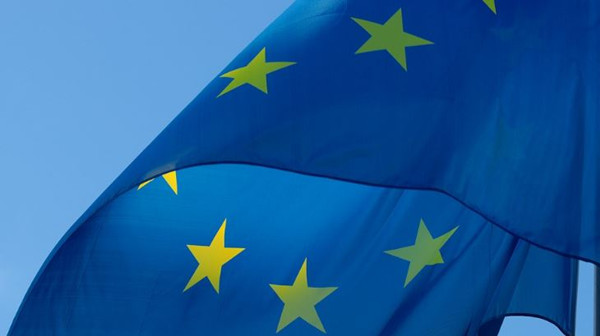Europe aims to be carbon neutral by 2050
The European Commission has today adopted a strategic long-term vision for a "prosperous, modern, competitive and climate neutral economy" by 2050.

The strategy - referred to as A Clean Planet for All - shows how Europe can lead the way to climate neutrality by investing into "realistic technological solutions, empowering citizens, and aligning action in key areas such as industrial policy, finance, or research", according to the Commission. This transition can be made, it suggests, "while ensuring social fairness".
Following the invitation by the European Council in March this year, the Commission said its vision for a climate neutral future covers nearly all EU policies and is in line with the Paris Agreement objective to keep temperature increase to well below 2°C, and pursue efforts to keep it to 1.5°C.
The Commission said the purpose of the long-term strategy "is not to set targets, but to create a vision and sense of direction, plan for it, and inspire as well as enable stakeholders, researchers, entrepreneurs and citizens alike to develop new and innovative industries, businesses and associated jobs". It added, "With the vision we are presenting today, the EU can inform others how we can deliver collectively a clean planet and show that transforming our economy is possible and beneficial."
In order to become a climate neutral economy, the European Commission said joint action would be required in seven strategic areas. These are: energy efficiency; deployment of renewables; clean, safe and connected mobility; competitive industry and circular economy; infrastructure and interconnections; bio-economy and natural carbon sinks; and carbon capture and storage to address remaining emissions.
The Commission said it invites the European Council, the European Parliament, the Committee of the Regions and the Economic and Social Committee to consider the strategy. It said ministers in all relevant Council formations should hold extensive policy debates on the contribution of their respective policy areas to the overall vision ahead of a meeting of the European Council in Sibiu, Romania, in May 2019. The EU should aim to adopt and submit an ambitious strategy by early 2020 to the UN Framework Convention on Climate Change, as requested under the Paris Agreement.
Nuclear's role
Launching the strategy today, Commissioner for Climate Action and Energy Miguel Arias Cañete said the European energy system will need to decarbonise.
"By 2050, 80% of electricity will be coming from renewable energy sources. Together with nuclear power, this will be the backbone of a carbon-free European power system."
The 128 nuclear power reactors (with a combined capacity of 119 GWe) operating in 14 of the 28 EU member states currently account for over one-quarter of the electricity generated in the whole of the EU. Nuclear now accounts for 53% of the EU's carbon-free electricity.
Cañete said, "With this plan, Europe will be the world's first major economy to go for net-zero emissions by 2050." He added, "Our strategic vision is the result of extensive scientific and economic analysis, as well as feedback and contributions from stakeholders and citizens.
"Going climate neutral is necessary, possible and in Europe's interest. It is necessary to meet the long-term temperature goals of the Paris Agreement. It is possible with current technologies and those close to deployment. And it is in Europe's interest to stop spending on fossil fuel imports and invest in meaningful improvements to the daily lives of all Europeans."
The United Nations Environment Programme (UNEP) yesterday published a report saying global carbon dioxide emissions increased in 2017, after a three-year period of stabilisation.
In its Emissions Gap Report 2018, UNEP said it is still possible to keep global warming below 2°C, but the technical feasibility of bridging the 1.5°C gap is dwindling. It added, if the emissions gap is not closed by 2030, it is extremely unlikely that the 2°C temperature goal can still be reached.
- China Institute of Atomic Energy
- Nuclear Power Institute of China
- Southwestern Institute of Physics
- China Nuclear Power Operation Technology Corporation, Ltd.
- China Nuclear Power Engineering Co., Ltd.
- China Institute for Radiation Protection
- Beijing Research Institute of Uranium Geology (BRIUG)
- China Institute of Nuclear Industry Strategy (CINIS)
- China Nuclear Mining Science and Technology Corporation


